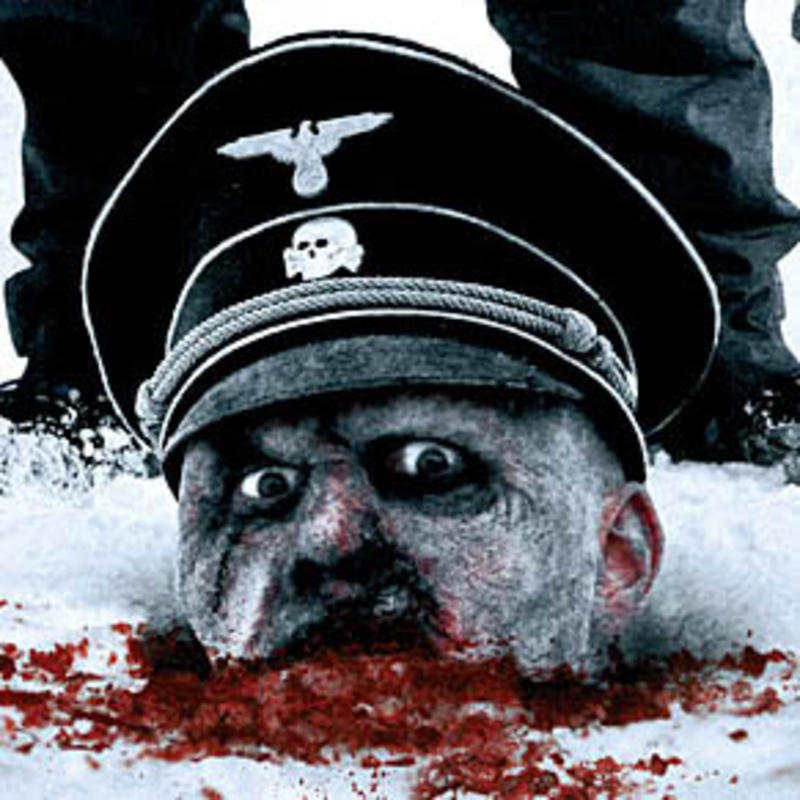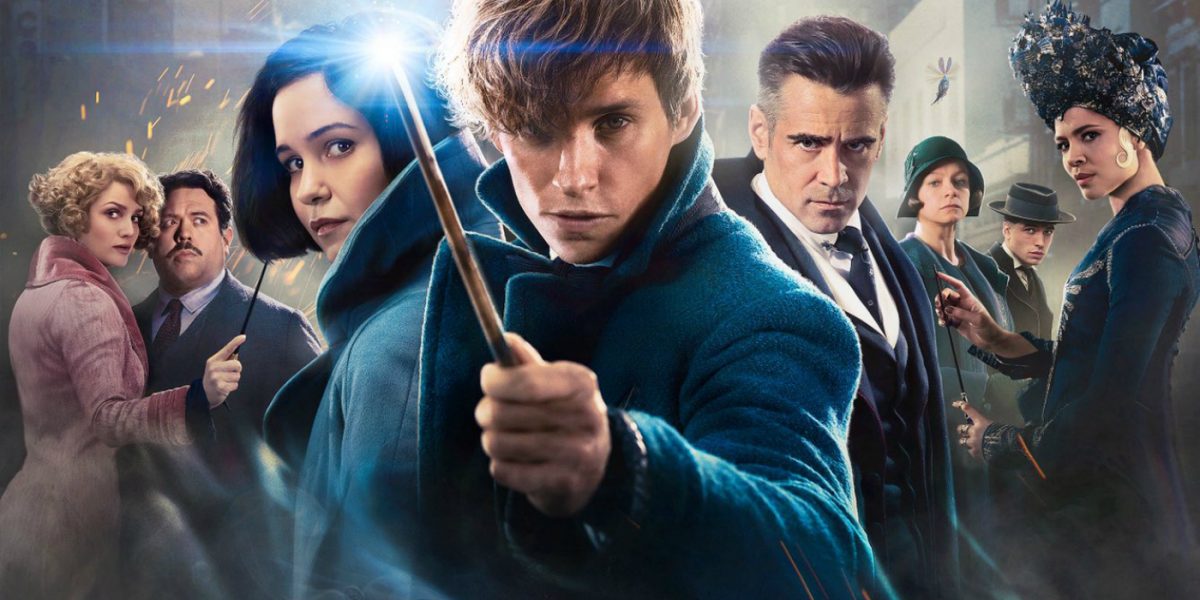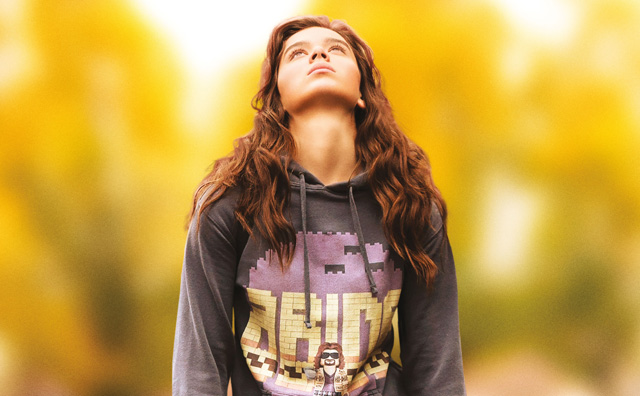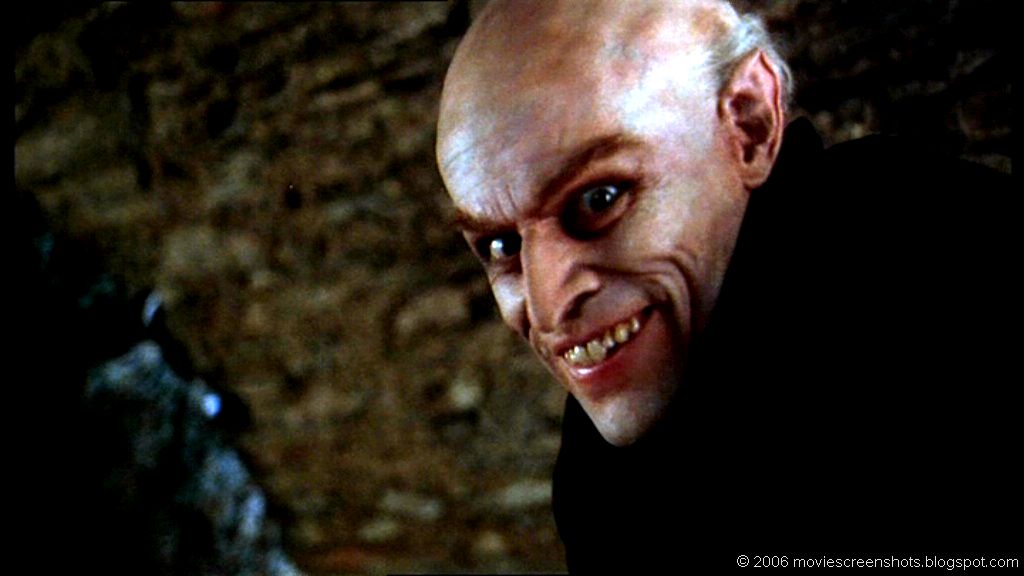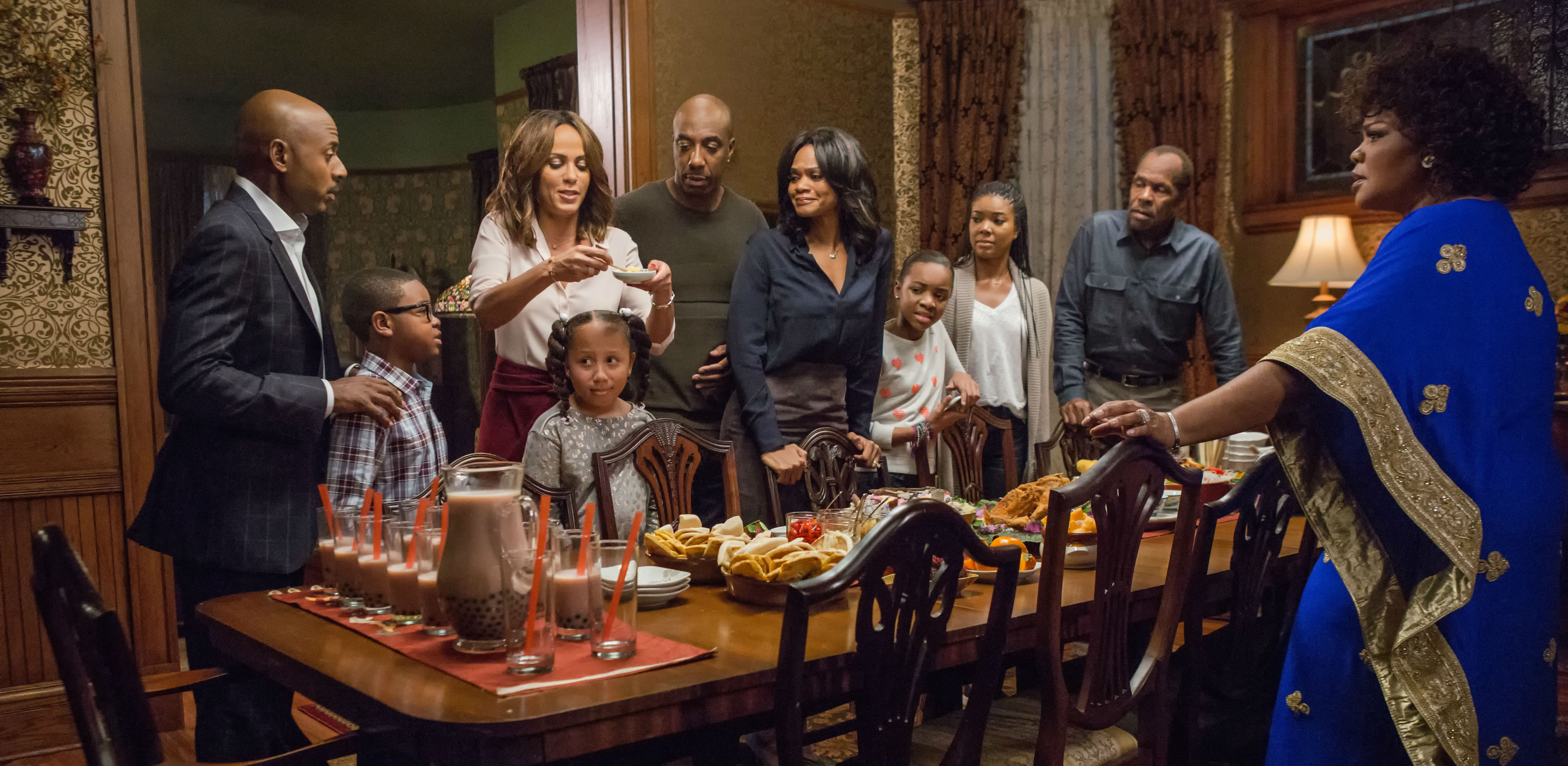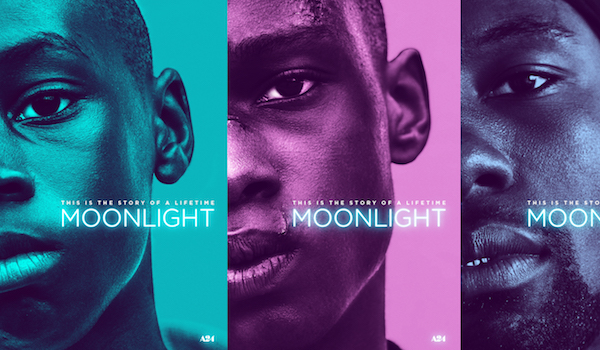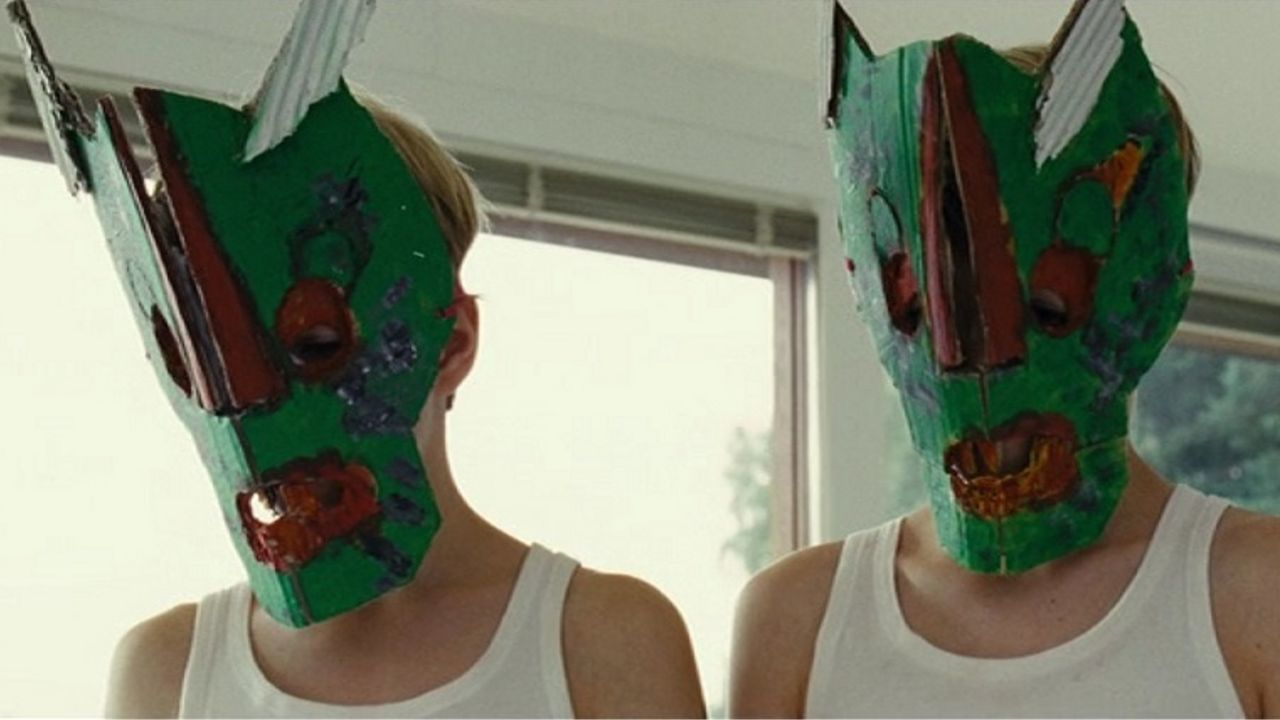It’s been too long since we took a trip around the world to see how certain corners view horror. Today we head to the cluster of chilly Norse and Scandinavian countries to seek trolls, wolves, Nazi zombies – and to steer clear of household tools, if possible.
5. Trollhunter (2010) (Norway)
All ancient cultures generated fairy tales. They passed on stories that wrapped the virtues most respected at the time inside common dangers to tell tales of heroism and humor. Norway’s fairy tales all involve trolls. Indeed, their entire national culture seems weirdly identified with trolls. Why is that? Well, writer/director Andre Ovredal’s Trollhunter suggests that maybe it’s because trolls are a real problem up there.
Ovredal’s approach is wry and silly – adjectives that rarely hang out together, but maybe we haven’t seen enough of Norway’s cinematic output. The FX are sometimes wonderful, and especially effective given the otherwise verite, documentary style. Ovredal makes droll use of both approaches.
Trollhunter is definitely more comedy than horror, as at no time does the film actually seek to scare you. It’s a wild ride into a foreign culture, though, and it makes you think twice about the Norway section of Epcot, I’ll tell you what.
https://www.youtube.com/watch?v=vy2nAOdBUlw
4. Dead Snow (2009) (Norway)
Nazi zombies, everybody! Hell yes!
Like its portly nerd character Erlend, Dead Snow loves horror movies. A self-referential “cabin in the woods” flick, Dead Snow follows a handsome, mixed-gender group of college students as they head to a remote cabin for Spring Break. A creepy old dude warns them off with a tale of local evil. They mock and ignore him at their peril.
But co-writer/director/Scandinavian Tommy Wirkola doesn’t just obey these time-honored horror film rules, he draws your attention to them. His film embraces our prior knowledge of the path we’re taking to mine for comedy, but doesn’t give up on the scares. Wirkola’s artful imagination generates plenty of startles, and gore by the gallon.
Spectacular location shooting, exquisite cinematography, effective sound editing and a killer soundtrack combine to elevate the film above its clever script and solid acting. Take, for example, the gorgeous image of Norwegian peace – a tent, lit from within, sits like a jewel nestled in the quiet of a snowy mountainside. The image glistens with pristine outdoorsy beauty – until it … doesn’t.
3. Antichrist (2009) (Denmark)
Saturated in the cinematic equivalent of melancholy poetry, punctuated with truly, deeply shocking moments of violence and brutality, Lars von Trier’s Antichrist takes the cabin-in-the-woods horror to brand new places, sharing his auteur cred with the horror genre.
A nameless couple (Willem Dafoe and Charlotte Gainsbourg) is wracked with grief after the death of their young son. They retreat to their remote cabin, hoping to speed the healing process. Things do not go well.
Dafoe and Gainsbourg give terrific, courageous performances. They are the only two actors onscreen for 99 percent of the film, and they do not shrink from the challenge. These are deeply flawed characters, and the performances are haunting.
Von Trier’s film is so gorgeous to see and so punishing to watch, the result is an amazing if bruising experience. His tone ranges from somber to insane, and one or two of the more vivid weirdisms feel terribly out of place. But there is no forgetting Antichrist, hard as you may try.
2. Hour of the Wolf (1968) (Sweden)
An atmospheric masterpiece, Ingmar Bergman’s meditation on artistic conflict and regret is a haunting experience.
Bergman favorites Max von Sydow and Liv Ullman are a married couple spending time on an isolated, windswept island. Ullman’s Alma is pregnant, and her relationship with her husband becomes strained as his time and attention become more and more consumed by visions, or demons – or maybe they’re just party people.
Von Sydow’s character is tempted with the decadence missing from the wholesome life that may be dissatisfying to him. But it’s Ullman, whose performance spills over with longing, that amplifies the heartbreak and mourning that color the entire film.
Shot in incandescent black and white, with Bergman’s characteristic eye for light and shadow, Hour of the Wolf is a glorious, hypnotic nightmare.
1. Let The Right One In (2008) (Sweden)
In 2008, Sweden’s Let the Right One In emerged as an original, stylish thriller – and the best vampire flick in years. A spooky coming of age tale populated by outcasts in the bleakest environment, the film breaks hearts and bleeds victims in equal measure. Kare Hedebrant‘s Oskar, with his blond Prince Valiant haircut, falls innocently for the odd new girl (an outstanding Lina Leandersson) in his shabby apartment complex. Reluctantly, she returns his admiration, and a sweet and bloody romance buds.
As sudden acts of violence mar the snowy landscape, Oskar and Ali grow closer, providing each other a comfort no one else can. The film offers an ominous sense of dread, bleak isolation and brazen androgyny – as well as the best swimming pool scene perhaps ever. Intriguingly, though both children tend toward violence – murder, even – you never feel anything but empathy for them. The film is moving, bloody, lovely and terrifying in equal measure.
